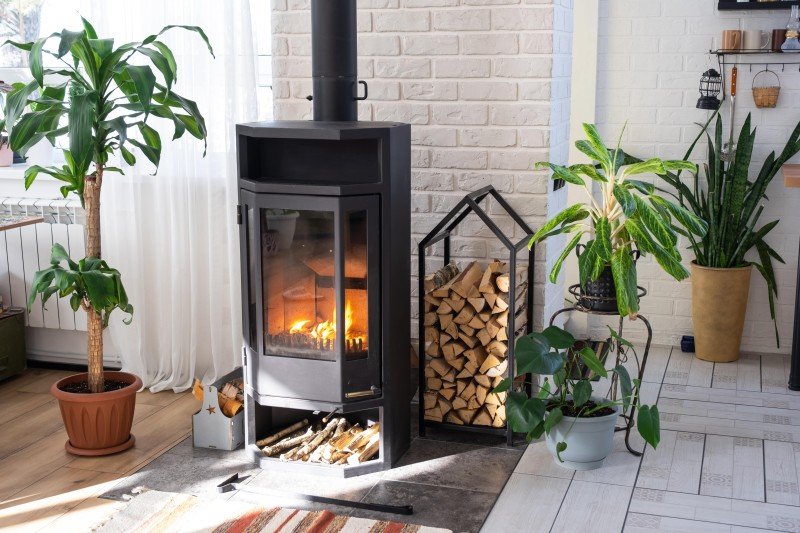The Charm and Functionality of Fireplaces: A Comprehensive Guide
Fireplaces have long been a main feature in homes, representing heat, companionship, and comfort. Fireplaces Deals are available in numerous styles, products, and fuel types, dealing with the choices and requirements of diverse homeowners. This article delves into the complex world of fireplaces, exploring their history, types, installation considerations, and maintenance tips, while providing FAQs to attend to typical inquiries.
A Brief History of Fireplaces
Historically, fireplaces acted as the cornerstone for cooking and heating homes. In ancient times, an open hearth was often placed in the center of a house. Over centuries, architectural developments facilitated the development of more sophisticated designs, progressing from simple stone structures to elaborate mantels that command modern living spaces.
Secret Historical Milestones:
- Ancient Times: Open fires in caverns and primitive huts for heat and cooking.
- Middle Ages: Large, frequently centralized chimney structures in excellent halls of castles.
- Renaissance: Decorative mantels and designs gain popularity, with the fireplace ending up being a sign of wealth and status.
- Industrial Revolution: Advancements in materials and manufacturing allow for a more comprehensive series of fireplace styles.
- Modern Era: Gas and electric fireplaces become commonplace, permitting increased convenience and safety.
Kinds of Fireplaces
Today, numerous kinds of fireplaces are available, each with its distinct qualities. Below is a breakdown of the most typical types:
| Fireplace Type | Description | Pros | Cons |
|---|---|---|---|
| Wood-Burning | Traditional fireplaces fueled by wood. | Genuine experience, heat output. | Labor-intensive, needs proper venting/maintenance. |
| Gas | Fireplaces that use natural gas or gas. | Easy to utilize and preserve. | Less ambiance compared to wood. |
| Electric | Utilizes electricity to create heat and flames. | Safe, no venting needed. | Restricted heat output, higher energy costs. |
| Bioethanol | Utilizes bioethanol fuel, producing clean flames. | Eco-friendly, portable. | Needs regular refueling. |
| Pellet | Uses compressed wood pellets as fuel. | Clean burning, sustainable. | Needs power for operation. |
Additional Considerations
When picking a fireplace, it is important to consider aspects such as:
- Fuel Availability: Consider what fuels are easily available in your area.
- Space and Aesthetics: The size of your living area and your style choices ought to assist your choice.
- Building Regulations: Always speak with regional guidelines to make sure compliance and security.
Installation Considerations
Installing a fireplace involves more than simply putting a structure in your house. Extensive planning, professional input, and adherence to safety codes are critical. Here are some crucial actions:
- Planning: Consider the size and type of fireplace, where it will be positioned, and its intended usage.
- Assessment: Hire a licensed specialist to evaluate your home and ensure appropriate installation.
- Allows: Obtain any necessary structure licenses from regional authorities.
- Materials: Select appropriate products for the fireplace and surrounding area. Ensure they are fire-resistant and created for your fuel type.
Upkeep Tips for Fireplaces
Routine upkeep guarantees your fireplace operates safely and effectively. Here are essential upkeep tips classified by fireplace type:
Wood-Burning Fireplaces
- Chimney Cleaning: Have your chimney cleaned every year to prevent creosote buildup.
- Examine for Damage: Check for cracks and damage to the firebox and chimney structure.
- Firewood Storage: Store firewood away from your home to avoid bug invasions.
Gas Fireplaces
- Log Inspection: Regularly take a look at ceramic logs for fractures and replace if needed.
- Vent Cleaning: Ensure that vents are devoid of obstructions.
- Pilot Burner Check: Test pilot lights and ignition systems frequently.
Electric Fireplaces
- Cable Inspection: Frequently examine electrical cables for fraying or wear.
- Tidy Surfaces: Wipe down surface areas routinely to remove dust and particles.
- Smoke alarm: Ensure smoke detectors in the vicinity are functional.
Bioethanol and Pellet Fireplaces
- Fuel Storage: Store fuels in a cool, dry place far from direct sunshine.
- Regular Refueling: Monitor fuel levels and refuel as needed.
- Ventilation: Ensure appropriate ventilation when using these fireplaces.
Frequently asked questions About Fireplaces
Q1: Do I require an authorization to install a fireplace?
Yes, most municipalities need licenses for fireplace installations to guarantee safety and compliance with regional building regulations.
Q2: How frequently should I clean my chimney?
It is suggested to have your chimney cleaned up a minimum of when a year, especially if you use your fireplace frequently.
Q3: Can I convert a wood-burning fireplace to gas?
Yes, numerous house owners convert wood-burning fireplaces to gas for convenience, but consulting an expert is advisable to ensure a correct conversion.
Q4: Do electric fireplaces produce heat?
Yes, electric fireplaces can produce heat; nevertheless, their primary function is frequently for atmosphere, making them an appropriate alternative for those who want a fire appearance without substantial heating.
Q5: Are bioethanol fireplaces safe?
Bioethanol fireplaces are normally safe when used correctly; however, they require correct ventilation, and users ought to follow all producer standards.
Fireplaces not just add visual appeal to homes however also provide practical heating services. With numerous types, styles, and maintenance requirements, property owners can make informed options that best fit their needs and way of lives. Whether choosing for the beauty of a wood-burning fireplace or the benefit of a gas design, a fireplace can significantly improve a home's comfort and atmosphere. As Fireplaces Deals remains a focal point in homes, it continues to foster heat, conversation, and connections amongst friends and family.

